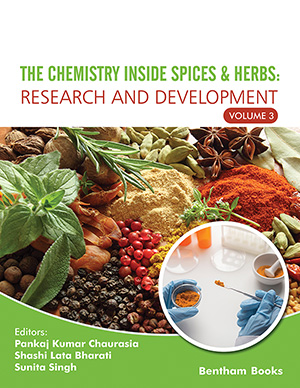Abstract
Silymarin is obtained from the seeds of the herb Silybum marianum (milk
thistle) belonging to the family Carduus marianum. The herb is traditionally used as a
liver tonic and in biliary tract disease treatment, dysmenorrhea, and varicose veins. The
major bioactive constituents of Silymarin are silychristin, silybin A, silybin B,
isosilybin A, and isosilybin B, while other flavonolignans such as neosilyhermin,
silyhermin, and silydianin are also present. Due to its cytoprotective anti-inflammatory,
and antifibrotic action, it is the most acceptable and safe natural compound in the
treatment of hepatic diseases like jaundice, liver cirrhosis, and chronic viral hepatitis.
Silymarin functions as a free radical scavenger and modifies the activity of enzymes
that cause cellular damage, fibrosis, and cirrhosis to occur. In the present book chapter,
the author will explore the potential of the herb in the treatment of hepatic diseases.

